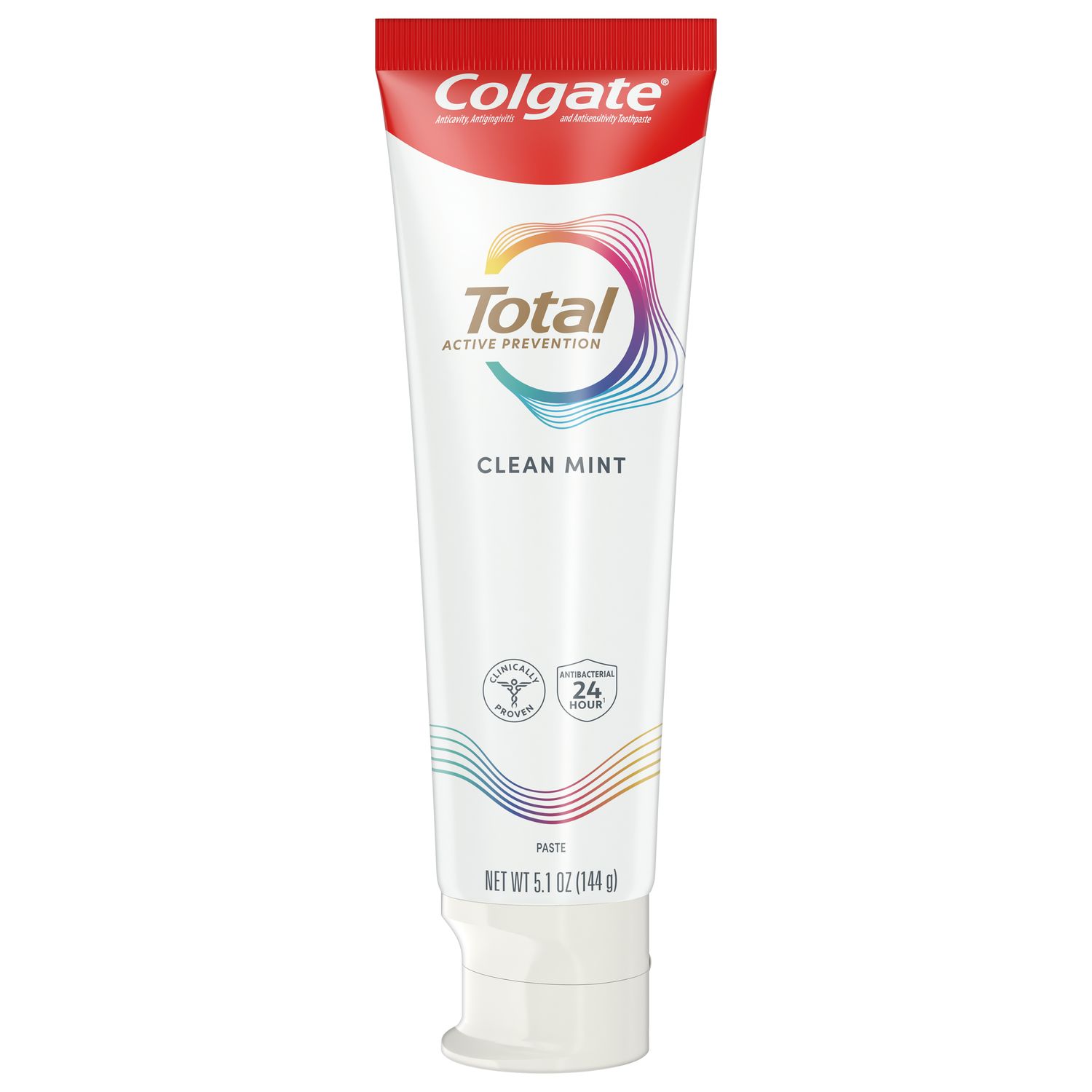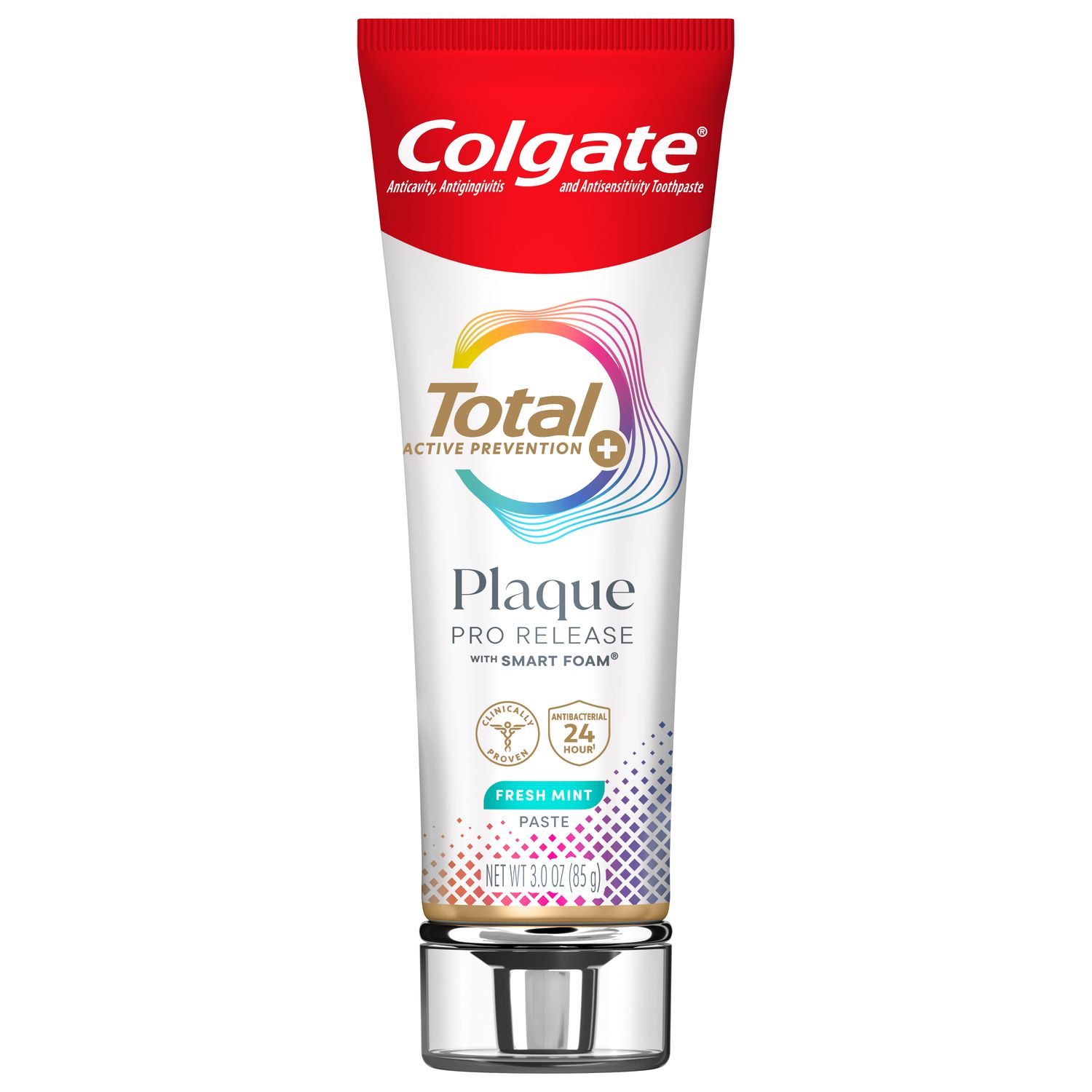
Dentistry is a physical profession that can take its toll on clinicians if we do not implement appropriate self-care. A key part of preserving your health is creating an optimal dental operatory set-up to avoid unnecessary strain on your body. Here are a few things to keep in mind when considering how to work efficiently and ergonomically in your dental operatory.
Equipment Location
When setting up your operatory, consider where instruments and equipment are placed. If you can influence the layout of a room at the design stage it can help you fully optimize your working space. Many dentists will not be able to influence the design of their operatory, but there are adjustments that can be made to an already furbished clinical layout.
Consider your and your colleagues' working space and your access to stock and materials. Can you fully open a drawer containing a retraction cord or prophy paste without it impeding the working space or the dental chair? Is there a suitable place to write clinical notes where your legs are not impeded by any cupboards or power cords? Rearrange the room, where possible, to make the best use of floor and storage space.
Different clinicians work in different ways, but I recommend placing your most-used instruments closest to you. For example, I am right-handed, so I usually lay out my mirror and probe on the left side of the tray or bracket table closest to me. Working toward the right, I then arrange the instruments I use less often like tweezers or a briault probe. Of course, the precise layout of instruments is down to personal preference, but it should minimize reaching and be consistent.
Why You Should Avoid Reaching
Over time, reaching or twisting for instruments strains the muscles in your neck, shoulders and arms. It can contribute to muscle aches or other musculoskeletal problems, such as carpal tunnel syndrome. To reduce your risk, your tools should always be within easy reaching distance — less than an arm's length away. You may need to move your bracket table to an appropriate distance. Consider the height of your instrument tray, as well. The height should allow you to keep your arm angled at 90 degrees when seated. The dental magazine Vital offers photographs and tables detailing the proper positions for dentists and dental assistants.
A common way to avoid reaching is to practice four-handed dentistry. According to the International Journal of Advanced Health Sciences, this cooperation between the dentist and the assistant aims to limit movement during instrument exchange. Four-handed dentistry works by dividing your dental operatory set-up into zones that each person is in charge of moving through. The "motion economy" of this method not only improves speed and efficiency during treatment, but also helps reduce the risk of musculoskeletal injuries caused by repetitive motion.
Work With Your Assistants and Co-workers
No matter what layout you choose, it is essential that everyone working in the operatory can replicate the arrangement you have designed. A laminated picture of the tray set-up and the position of the bracket table, displayed on the wall, makes a good reference. This can be especially useful if you work with several team members.
I would recommend having pictures of the instrument set-ups for various treatments displayed for reference so that your dental assistant can tell at a glance what you need for an examination or what your endodontics tray should look like. Emphasize the importance of consistency, and work together with your assistants to create a similar plan for tasks like taking impressions or tasks they might perform alone. Keep in mind what procedures your co-workers are legally allowed to perform with and without a dentist's supervision.
Other Equipment to Consider
You might not be making use of all the ergonomic equipment available to you to help create the optimal dental operatory set-up. Have you thought about the health of your back, eyes and fingers? Consider investing in some of these helpful tools:
- Saddle stools straighten your spine and reduce slouching. Dental Products Report suggests a split-seat saddle stool for men and a saddle stool that comfortably fits the hips for women.
- Properly fitted loupes can improve your view while reducing your risk of neck pain, according to Dental Products Report.
- Thicker, nonslip instrument handles can reduce strain on your grip.
Creating the optimal dental operatory set-up is not only the responsibility of the dentist, but of the entire dental team. Work together with your co-workers to find a safe and efficient layout for everyone in your practice.
Join us
Get resources, products and helpful information to give your patients a healthier future.
Join us
Get resources, products and helpful information to give your patients a healthier future.













